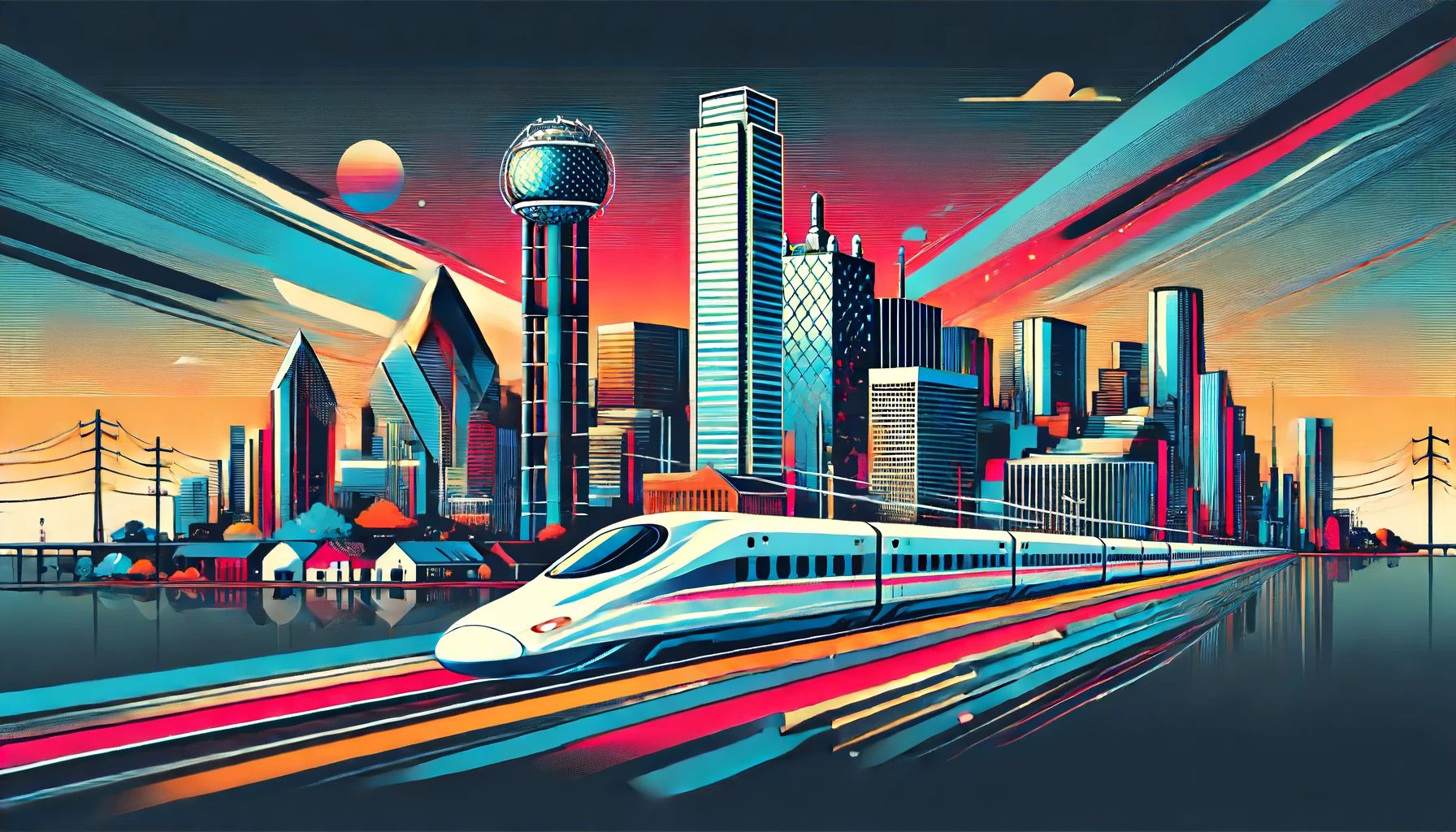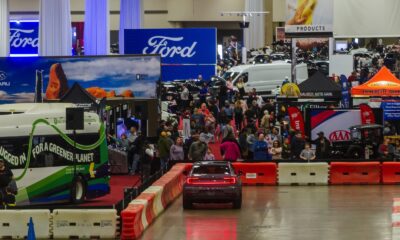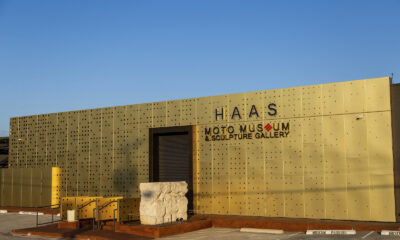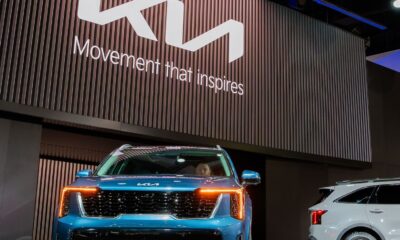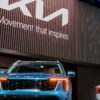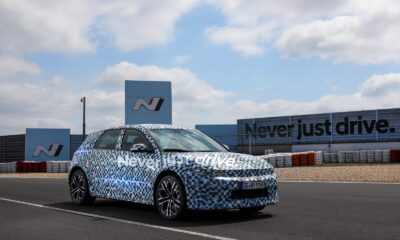News
Connecting DFW: Why High-Speed Rail Is a Win for the Metroplex
As discussions about a high-speed rail line connecting Dallas, Fort Worth, and Houston heat up, I found it compelling to look at the potential benefits and address some of the concerns raised by some Dallas City Council members. While skepticism is natural with such ambitious projects, the arguments against the rail line often overlook the transformative impact it could have on the region. So after a quick summary of the project, I want to dive in and give my own rebuttals to some of the concerns brought up in a recent resolution calling for an economic impact study trying to slow the project down.
The Vision for High-Speed Rail
The proposed high-speed rail line would connect Dallas to Fort Worth and Houston, creating the first true high-speed corridor in the United States. This project promises to significantly cut travel times: Dallas to Houston in 90 minutes, and Fort Worth to Houston in two hours. Additionally, an express train between Dallas and Fort Worth would take just 21 minutes, extending to 25 minutes with a stop in Arlington. Connecting Arlington is a key feature in this project as Arlington, a city of almost 400k residents, has no mass-transit and is a frequently traveled corridor for both Dallas and Fort Worth residents.
Concerns and Rebuttals
Elevated Rail Line through Downtown
General Concern: “Picture an elevated rail line carving through downtown past Reunion Tower with a high-speed train.”
Rebuttal: The corridor for the high-speed rail line has not been finalized. The idea of the train passing right by Reunion Tower originates from a realty company with vested interests in the area. They have their own incentives to oppose the rail project. Many cities worldwide, such as Tokyo, Paris, and Chicago, have successfully integrated elevated rail lines within their urban landscapes. These cities have managed to blend modern transportation infrastructure with high-rise buildings, proving that it can be done effectively and aesthetically. The elevated rail line could enhance connectivity and accessibility in downtown Dallas, spurring new opportunities for growth and reducing traffic congestion.
Connection Between Dallas, Fort Worth, and Arlington
Councilmember Paula Blackmon’s Concern: “Do we want to maintain the connection between Dallas and Fort Worth or are we trying to serve Arlington?”
Rebuttal: The primary goal of the high-speed rail line is to connect all three cities: Dallas, Fort Worth, and Arlington. Dallas and Fort Worth are already connected by the Trinity Railway Express (TRE), but it is not a high-speed option and it travels on the north end of the Metroplex skipping Arlington. The proposed rail line along Interstate 30 aims to include Arlington, linking it to the two larger cities. Arlington is a significant hub with major attractions like AT&T Stadium, Globe Life Field, and Six Flags. Including Arlington in the high-speed rail network would benefit residents, reduce traffic congestion during large events, and promote regional economic integration.
Necessity of the Dallas-Houston Line
Councilmember Cara Mendelsohn’s Concern: “None of this is necessary if the main Amtrak section from Dallas to Houston doesn’t happen. Otherwise, we are just providing a way for our convention business to go to Arlington, for our residents to go party there. We are going to be doing something extremely detrimental to our city.”
Rebuttal: Even if the Houston line is never completed, connecting Dallas, Arlington, and Fort Worth is a significant win for the DFW area. The high-speed rail would facilitate convenient travel for residents attending events in Arlington, the entertainment hub of DFW. This connection would alleviate highway congestion and provide a sustainable transportation alternative. The economic benefits extend beyond tourism, as improved infrastructure would attract businesses and boost local economies. The rail line represents a modern, efficient, and sustainable transportation solution, reducing the region’s reliance on cars and lowering emissions.
Downtown Connection and Infrastructure Concerns
Councilmember Cara Mendelsohn’s Concern: “We have robust conversations about 345 and how horrible it is to go underneath the highway, but we’re just creating that same kind of structure.”
Rebuttal: While concerns about large highways splitting the city are valid, comparing a high-speed rail line to a highway overpass is misleading. Highways generate significant noise and pollution and create physical barriers between neighborhoods. In contrast, a high-speed rail line would have a much smaller footprint and minimal environmental impact. Modern engineering can mitigate noise, and the rail line would not create the same divisive effect as a highway. It’s essential to distinguish between these two types of infrastructure and recognize the unique benefits of a high-speed rail system.
Conclusion
The proposed high-speed rail line connecting Dallas, Fort Worth, and Arlington is a forward-thinking project that promises to transform the region’s transportation infrastructure. While concerns about its impact are understandable, the potential benefits far outweigh the drawbacks. This rail line would enhance connectivity, reduce traffic congestion, promote economic growth, and provide a sustainable alternative to car travel. Embracing this project positions the DFW area as a leader in modern, efficient transportation solutions, ready to meet the future needs of its residents and businesses. And I always say, you’ll never be a world-class city without world class mass-transit. Dallas and the DFW area are poised to become a world-class Metroplex, although we obviously love our cars and trucks here at TXGarage, I also hate traffic and the increasing danger of driving on our highways. I could easily see myself using infrastructure like this to attend events in other areas of the Metroplex.



